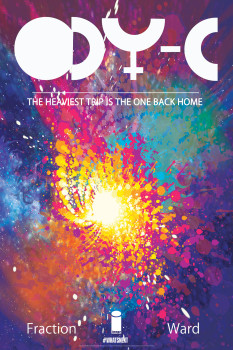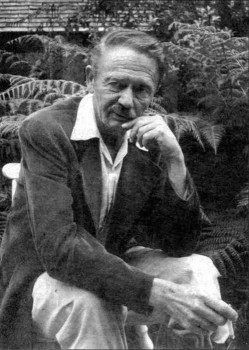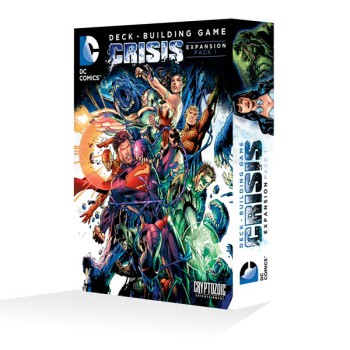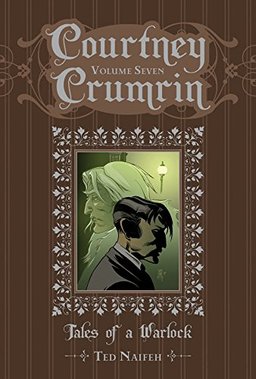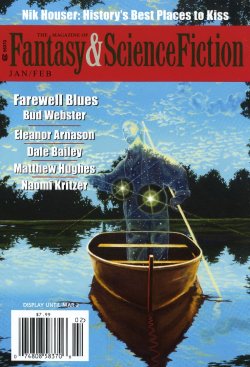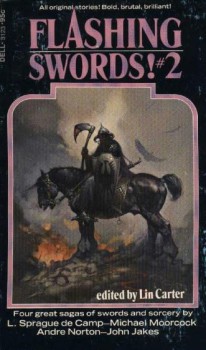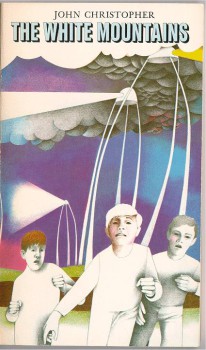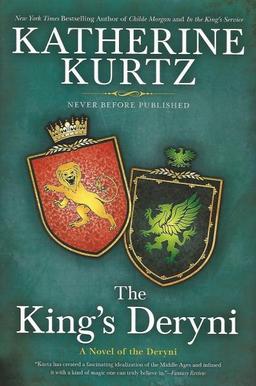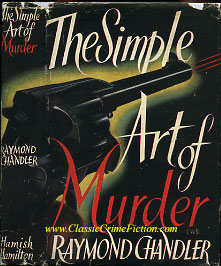New Treasures: The Inheritance Trilogy by N. K. Jemisin
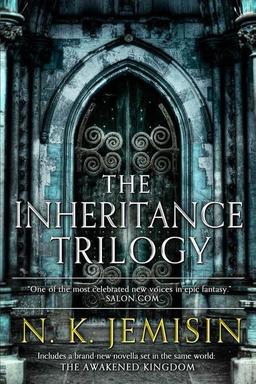 It’s tough to come up with a title for a new fantasy trilogy these days. Titles are like web domains — all the good ones are taken, and most of the not-so-good ones, too. As Scott Adams had noted, if you want a completely original title (or web domain) nowadays, you’re stuck with a shrinking number of phrases that resemble monkey sounds.
It’s tough to come up with a title for a new fantasy trilogy these days. Titles are like web domains — all the good ones are taken, and most of the not-so-good ones, too. As Scott Adams had noted, if you want a completely original title (or web domain) nowadays, you’re stuck with a shrinking number of phrases that resemble monkey sounds.
Take “The Inheritance Trilogy.” The title has already been used a few times — mostly famously for the first three novels of Christopher Paolini’s best selling fantasy series, which began with Eragon. It’s also the name of an Ian Douglas military SF trilogy beginning with Star Strike, published from 2008-2009, as another example.
Well, we all know that good things come in threes. So I wasn’t all that surprised to see the omnibus volume of N.K. Jemisin’s first fantasy series published under the name The Inheritance Trilogy last month. If you can’t be original, go for something popular.
Titles aside, the omnibus volume of The Inheritance Trilogy is definitely a book you want on your shelf. Modern fantasy is a vibrant and exciting field, and talented new writers are emerging all the time, but precious few of them hold a candle to Jemisin. She is one of the most gifted fantasy writers I have come across in a very long time, and this new one-volume edition contains the complete text of her first three novels, in a single affordable (and massive) package.
The Inheritance Trilogy omnibus includes the novels The Hundred Thousand Kingdoms, The Broken Kingdoms, and The Kingdom of Gods. As a special bonus, it also includes a brand new novella set in the same world, The Awakened Kingdom, which appears here for the first time.
